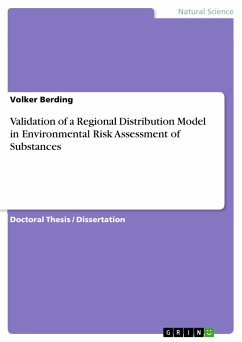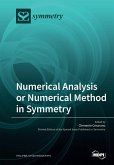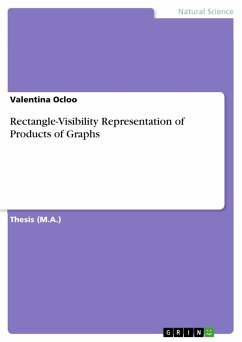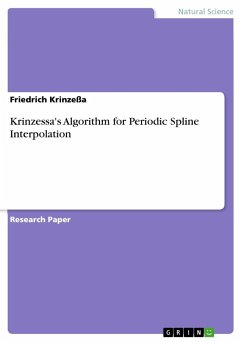Doctoral Thesis / Dissertation from the year 2000 in the subject Mathematics - Applied Mathematics, grade: 1,0 (A), University of Osnabrück (Institute for Environmental System Research), language: English, abstract: Almost all human lives and all locations on earth are affected by the presence of chemical substances. However, besides its benefits, a substance usually also has a negative effect on the environment and human health. If a substance escapes into the environment, it must not exceed the concentration that leads to adverse effects. A concentration at a target is called exposure (TRAPP AND MATTHIES 1998). Hence, the environmental hazard can be the product of (environmental) exposure and (eco-)toxicological response. If the probability for the occurrence of damage is included, the term risk is used (risk: damage multiplied by the probability of occurrence). It is a common procedure to use the quotient of the Predicted Environmental Concentration (PEC) and the Predicted No-Effect Concentration (PNEC) as a measure for the risk of a substance. Basic principles on the risk assessment of substances are given by LEEUWEN AND VAN HERMENS (1995). Obviously, there are two different aspects defining risk: the toxicological properties of a substance and the predicted environmental concentrations. This work focuses on the latter aspect. Numerous works have already dealt with the methods to estimate environmental concentrations of substances. In 1979, D. Mackay presented his concept of an ideal sample world, the Unit World, and simultaneously derived models simulating the behaviour of organic substances released into the environment (some exemplary publications are MACKAY 1979, MACKAY AND PATERSON 1981, MACKAY ET AL. 1985, MACKAY ET AL. 1992). The European Centre for Ecotoxicology and Toxicology of Chemicals (ECETOC) discussed different modelling approaches for the estimation of environmental concentrations (ECETOC 1992) and concluded that multimedia models are of particular interest and that "environmental fate and exposure models can be powerful tools for evaluating the potential hazard of chemicals released in the environment". In the European Union, both new substances and previously notified ones (so-called "existing" chemicales) are subject to a risk assessment.The basic principles for this procedure are laid down in the Commission Directive 93/67/EEC and the Commission Regulation (EC) No. 1488/94. But these do not contain the technical details concerning hazard assessment, dose (concentration) - response (effect) assessment, exposure estimation and risk characterisation for human health and the environment.
Hinweis: Dieser Artikel kann nur an eine deutsche Lieferadresse ausgeliefert werden.
Hinweis: Dieser Artikel kann nur an eine deutsche Lieferadresse ausgeliefert werden.








